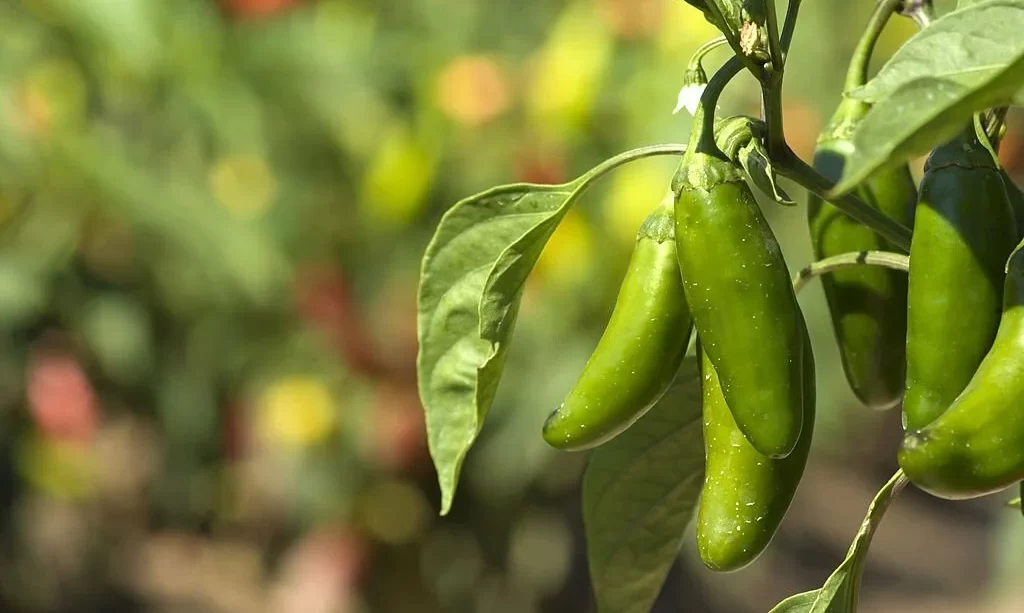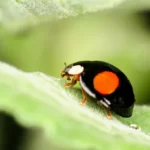Jalapeños, with their spicy kick, are a favorite in many gardens, but the sight of black jalapeños can be concerning for any gardener. In this article, we’ll explore the reasons behind jalapeños turning black, addressing potential causes and offering insights into how to recognize and address this issue. Understanding the factors at play is crucial for maintaining a thriving jalapeño harvest.
Possible Causes of Black Jalapeños
The discoloration of jalapeños can be attributed to various factors, ranging from environmental influences to physiological issues and the presence of pests or diseases. Among the potential causes are fluctuations in temperature, excessive sun exposure, blossom end rot, and nutrient deficiencies. Pests and diseases, such as fungal infections or insect infestations, can also contribute to the blackening of jalapeños. Let’s delve into these possible causes to shed light on why your jalapeños might be taking on an unexpected hue.
Recognizing Black Jalapeños
Identifying black jalapeños involves a visual inspection of the fruit. Look for changes in color, noting any black or dark spots on the peppers. Additionally, be observant of any signs of decay or unusual texture. Recognizing these visual cues is essential for understanding whether the discoloration is merely cosmetic or indicative of deeper issues affecting the health of the jalapeños. By honing your ability to identify black jalapeños accurately, you can take proactive measures to address the root causes and ensure a healthier harvest in the future.
Prevention and Remedies
Preventing and addressing the issue of black jalapeños involves a combination of proactive measures and targeted remedies. Providing consistent watering is crucial to avoid blossom end rot, a common cause of discoloration. Mulching around the jalapeño plants helps regulate soil moisture and temperature, contributing to a stable growing environment. Soil amendments with the appropriate nutrients address potential deficiencies, fostering healthier pepper development. Additionally, vigilant pest control and disease management play key roles in preventing blackening due to external factors. By implementing these preventive measures, you can create optimal conditions for your jalapeños, reducing the likelihood of encountering black discoloration.
Harvesting and Using Black Jalapeños
When faced with black jalapeños, it’s essential to determine their edibility. In some cases, the discoloration may be superficial, and the peppers remain safe to consume. However, if the blackening is accompanied by signs of decay or unusual texture, it’s advisable to discard the affected peppers. For those deemed edible, get creative in the kitchen. Black jalapeños can still impart a spicy flavor to dishes, and their unique appearance can add visual interest. Experiment with incorporating them into salsas, sauces, or pickled preparations to make the most of your harvest.
Conclusion
In conclusion, the phenomenon of jalapeños turning black can be attributed to a variety of factors, ranging from environmental conditions to physiological issues and pest-related problems. Recognizing the causes and taking preventive measures is crucial for maintaining a healthy pepper crop. By staying vigilant, implementing remedies, and making informed decisions about harvesting and usage, you can navigate the challenges posed by black jalapeños. Remember, gardening is a learning process, and each experience provides valuable insights for future cultivation success. Happy growing and enjoy the flavorful results of your jalapeño harvest!



